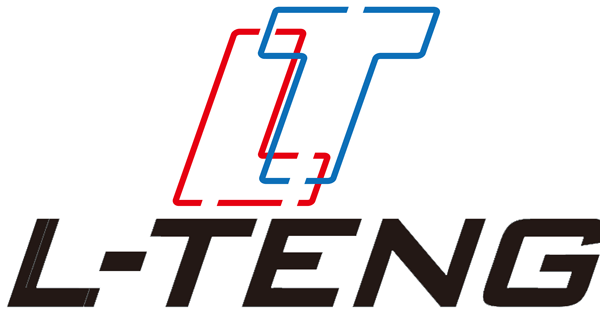How Do We Ensure Product Quality
Explore how we control product quality throughout the entire process
Helmet Materials Used in Our Production Process
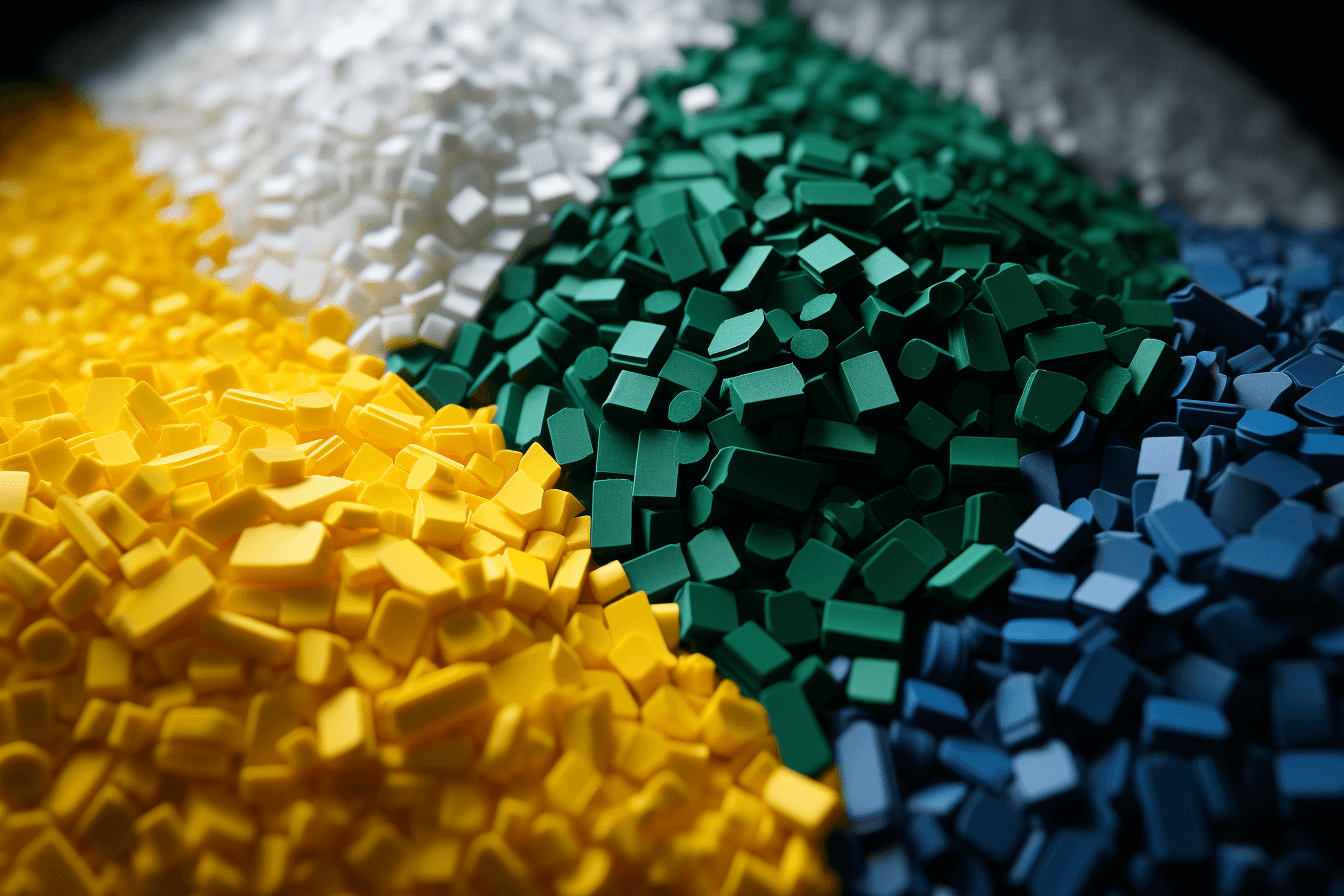
ABS
ABS possesses a variety of excellent properties, making it a commonly used material in the helmet industry. It has good strength and toughness, effectively absorbing energy, thereby providing outstanding impact resistance in helmets.
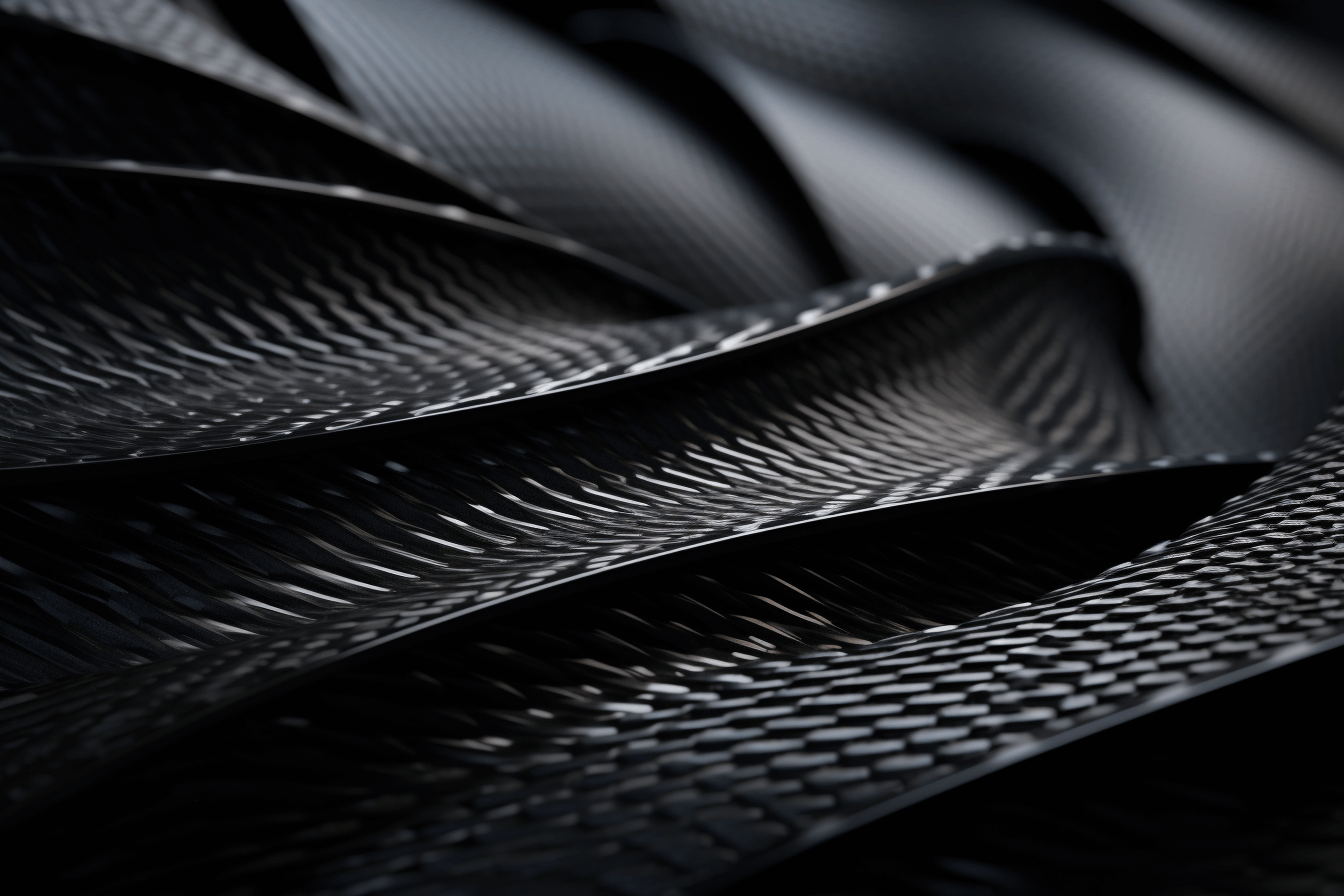
Carbon Fiber
Carbon fiber is a lightweight, high-strength material widely used in helmet manufacturing due to its exceptional performance. It exhibits high resistance to chemicals and corrosion, enabling helmets to maintain stable performance in various environmental conditions.
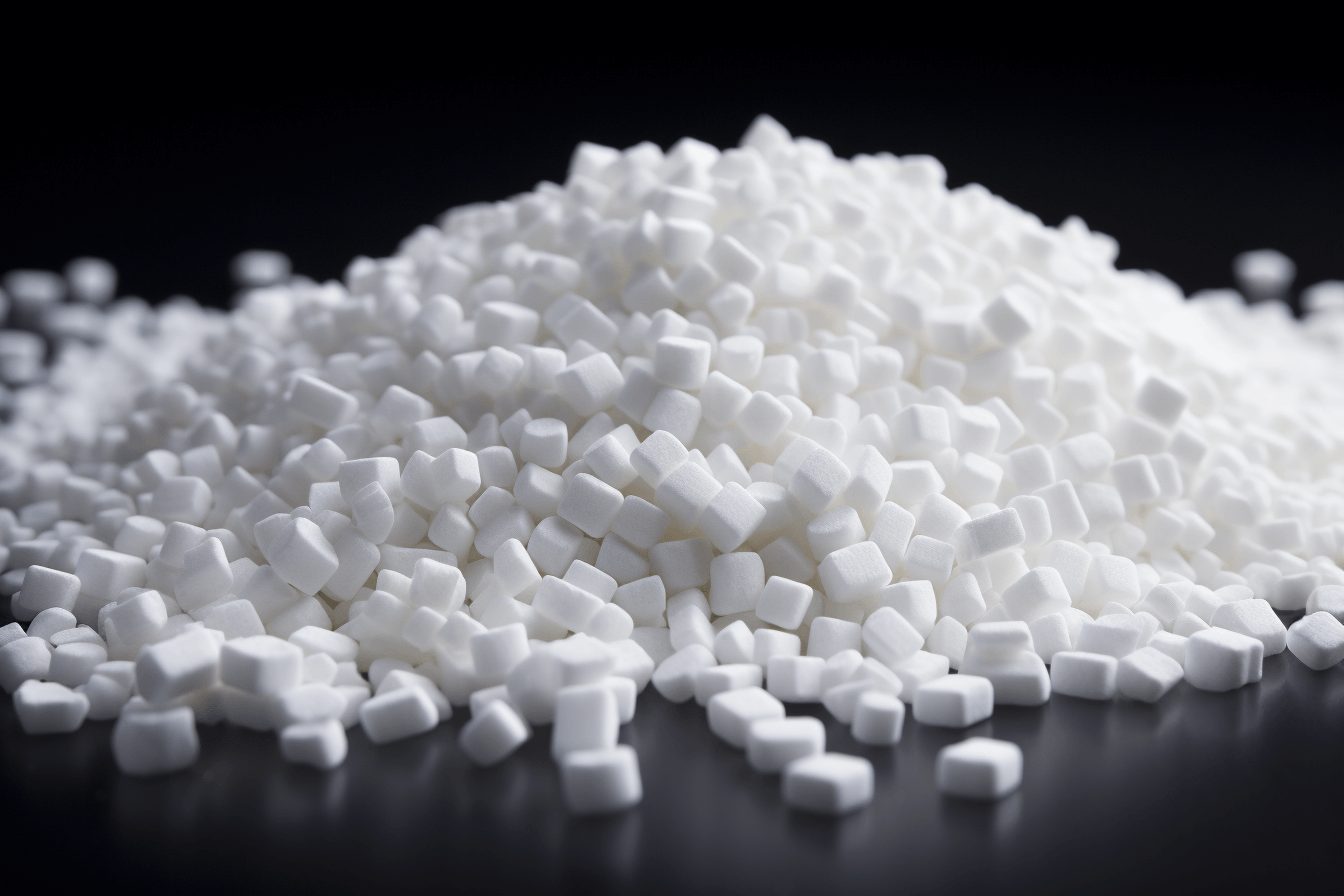
PC
PC is a relatively lightweight material that helps reduce the overall weight of the helmet. The PC surface typically has good scratch resistance, contributing to the helmet shell's clarity and durability during use.

EPS
EPS is a lightweight material that aids in reducing the overall weight of the helmet. It has excellent energy absorption capabilities, effectively absorbing and dispersing impact energy.

Cotton Liner
Cotton liner is a common helmet liner material used to provide additional comfort and moisture absorption. It possesses mold and bacteria resistance properties.
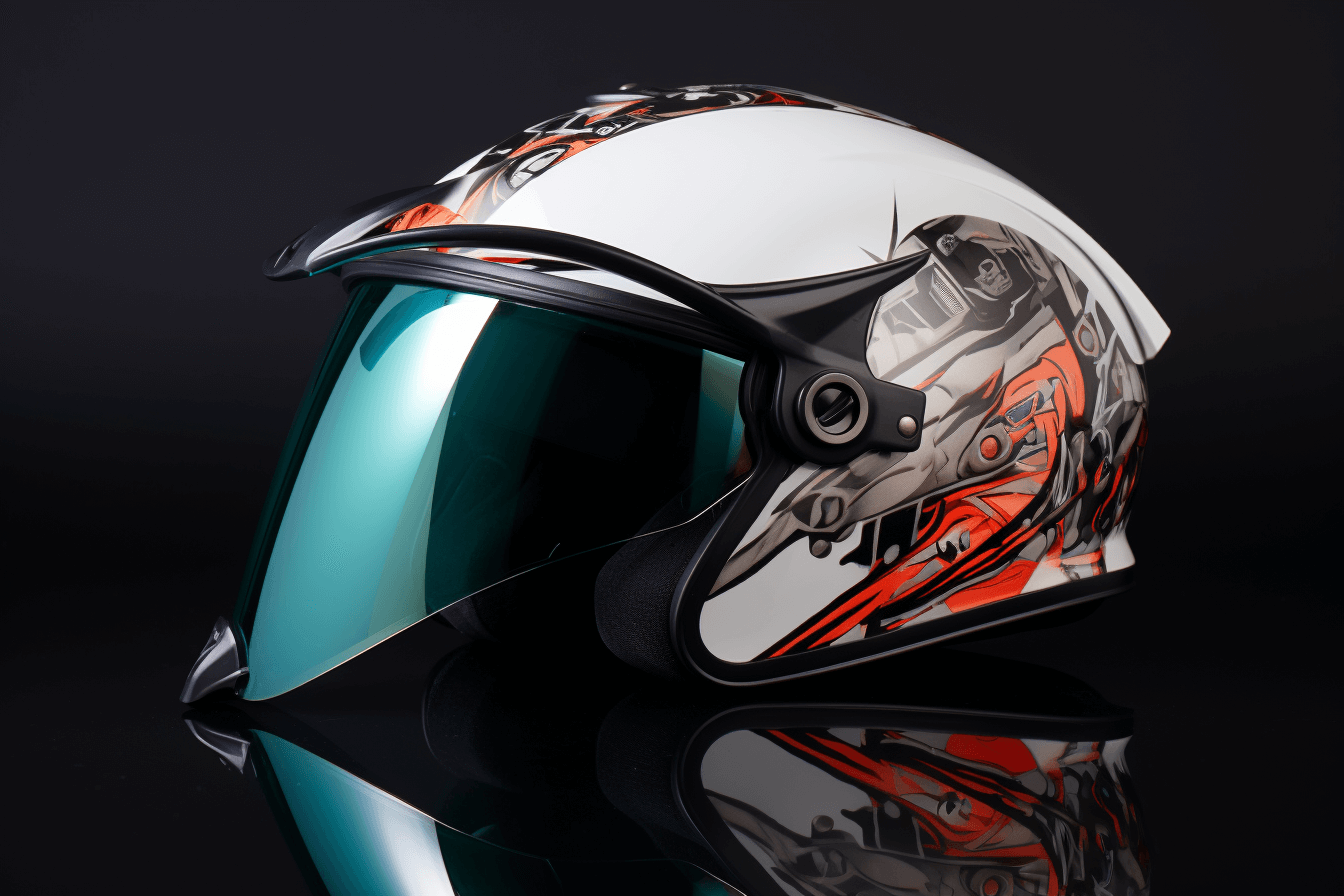
Visor
PC material exhibits excellent impact resistance with high transparency, allowing the visor to provide a clear field of vision. It features anti-fog, anti-scratch, and UV-resistant properties.
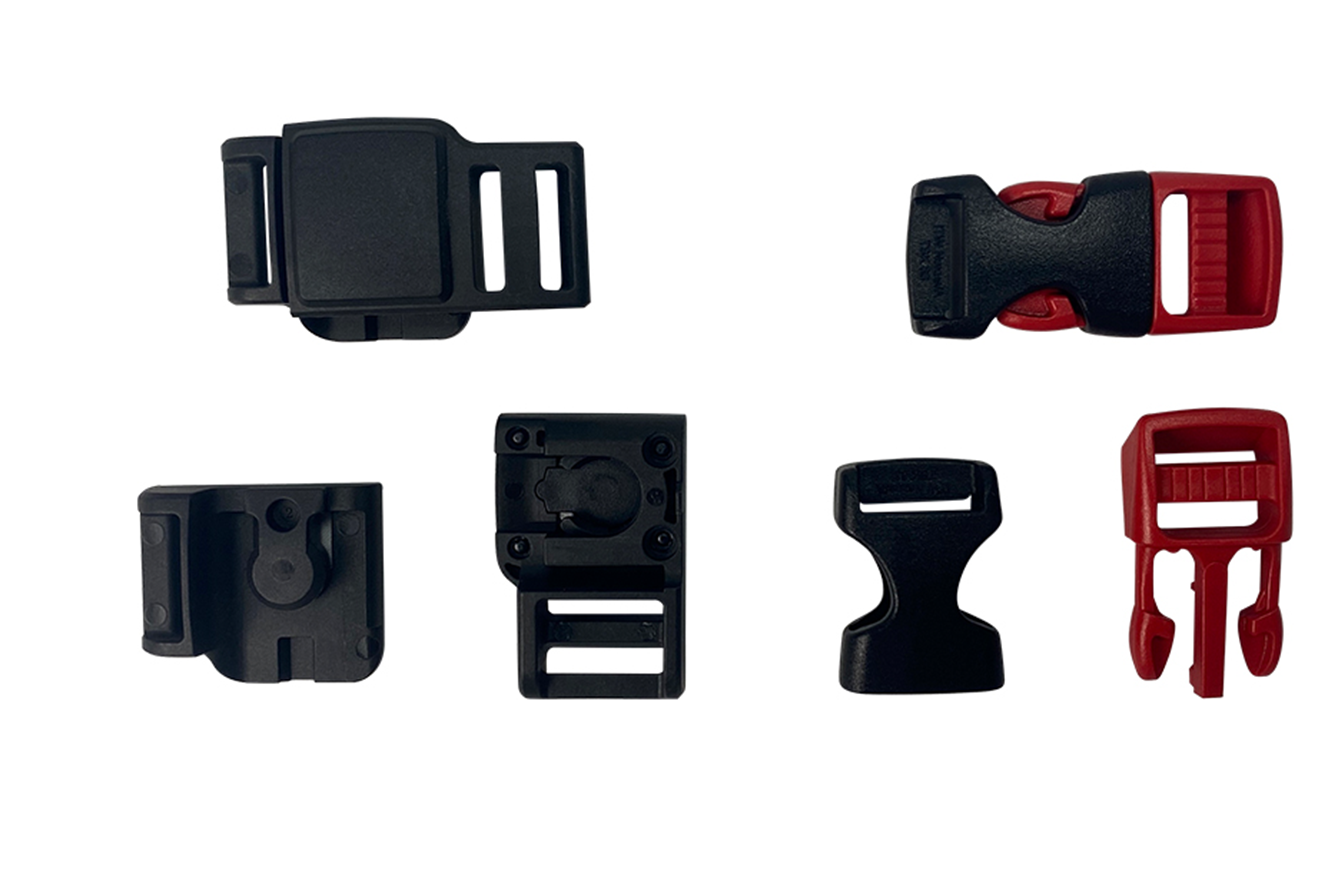
Buckle
Used to secure the helmet on the head. The performance of the buckle directly affects the helmet's safety and wearing comfort
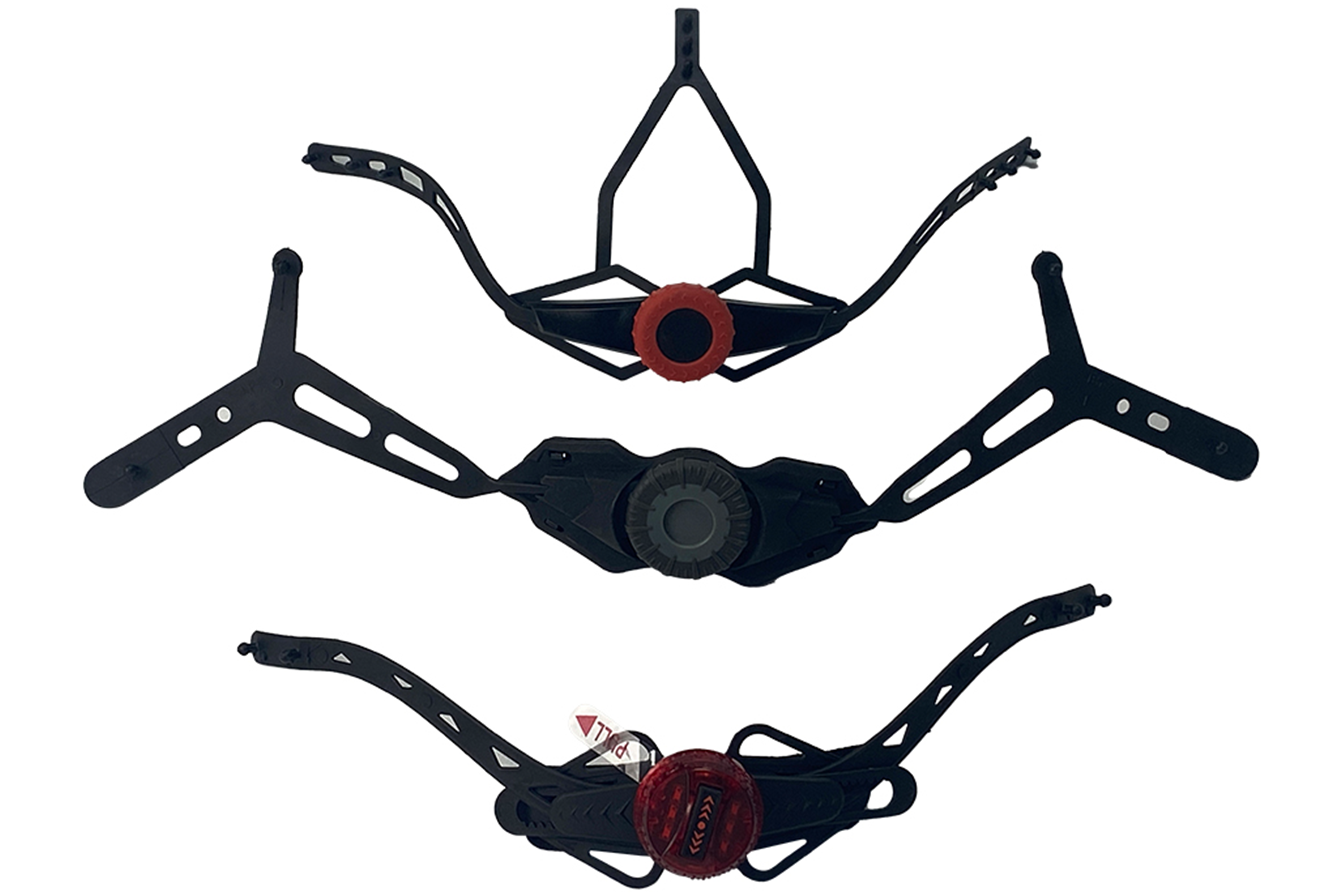
Adjuster
Typically located at the back of the helmet, its primary function is to adjust the helmet's tightness for a better fit on the wearer's head

Chin Strap
Used to secure the helmet under the wearer's chin. The performance characteristics of the chin strap are crucial for the stability of the helmet and the wearer's safety.
Machines Used in Our Production Process
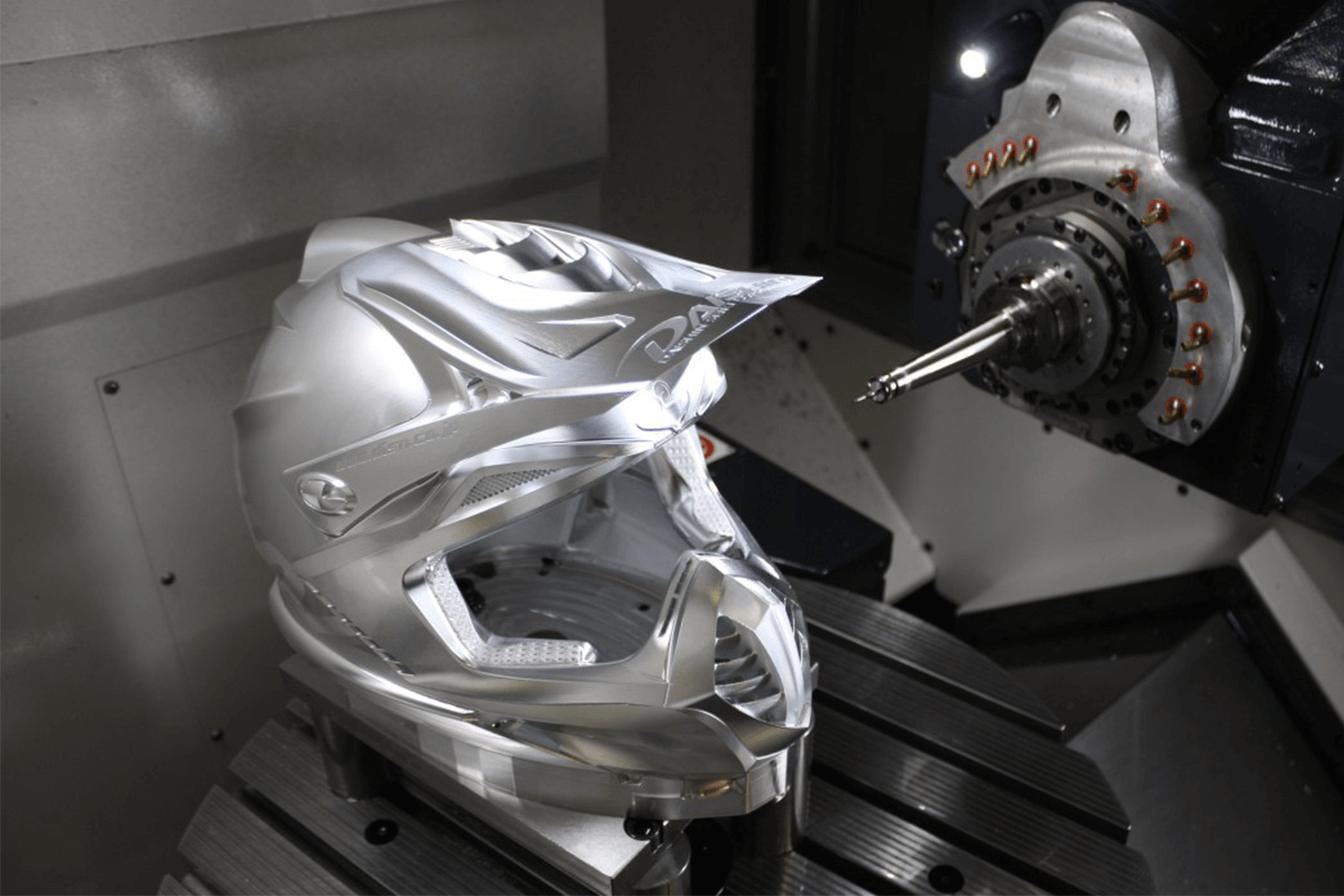
CNC Machine
Used for processing and engraving helmet shells to ensure precision and consistency in shape.
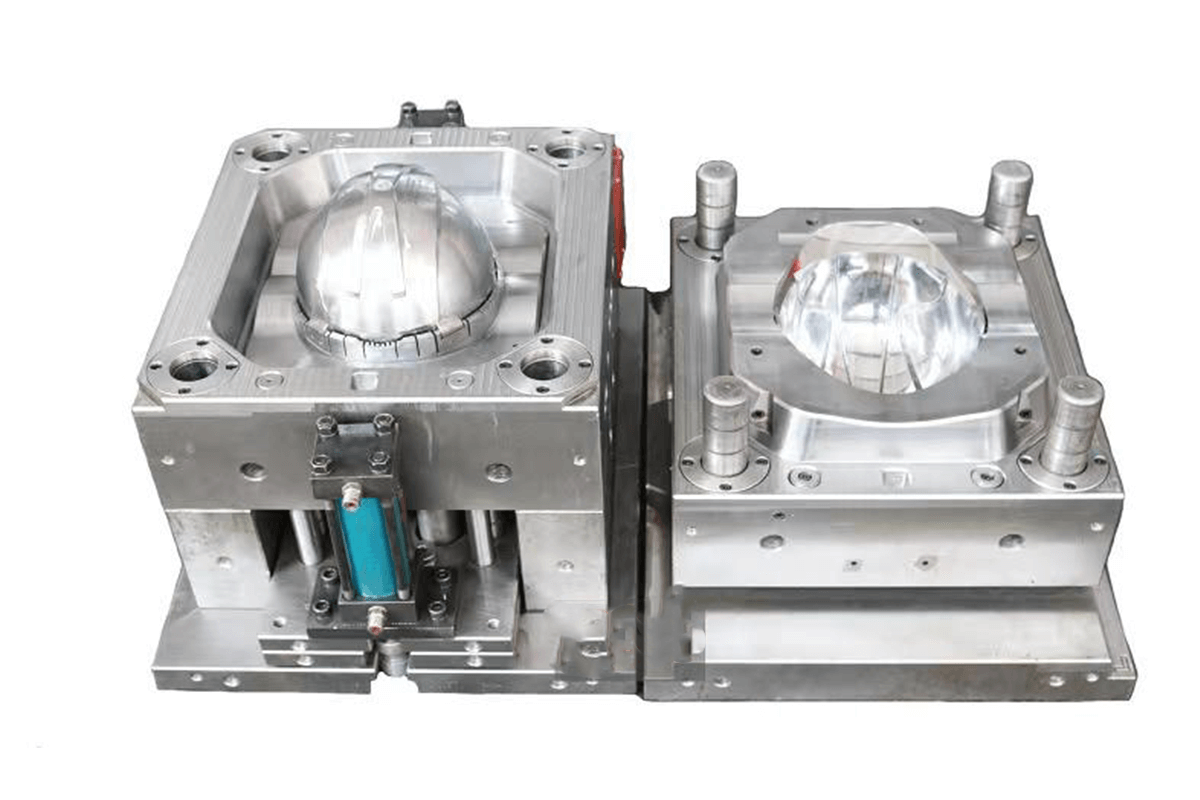
Mold
Essential for manufacturing helmet shells and liners, mold design directly influences the shape and quality of the helmet.
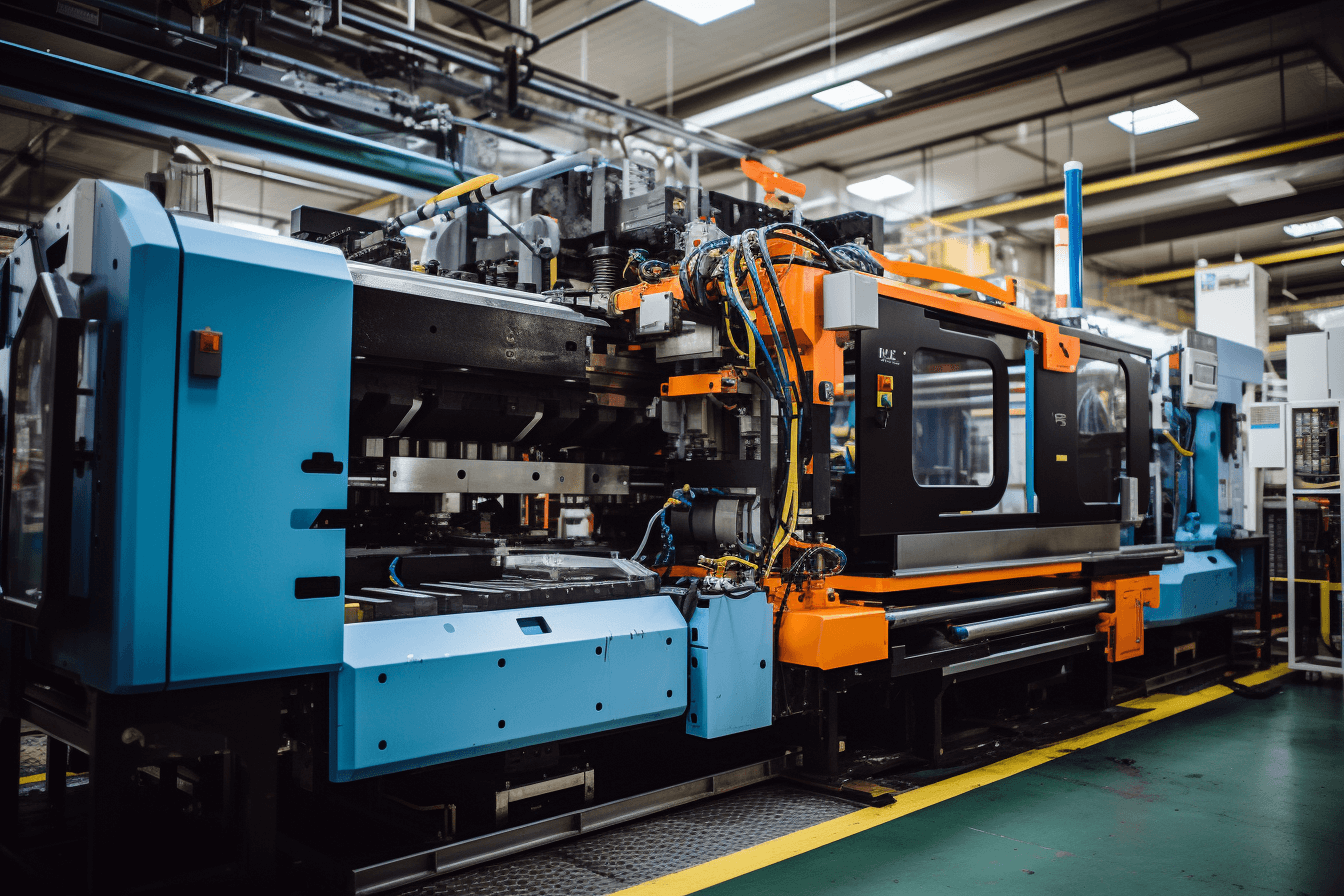
Injection Molding Machine
Employed in the production of helmet shells and other components by injecting molten plastic into molds, forming various parts of the helmet.
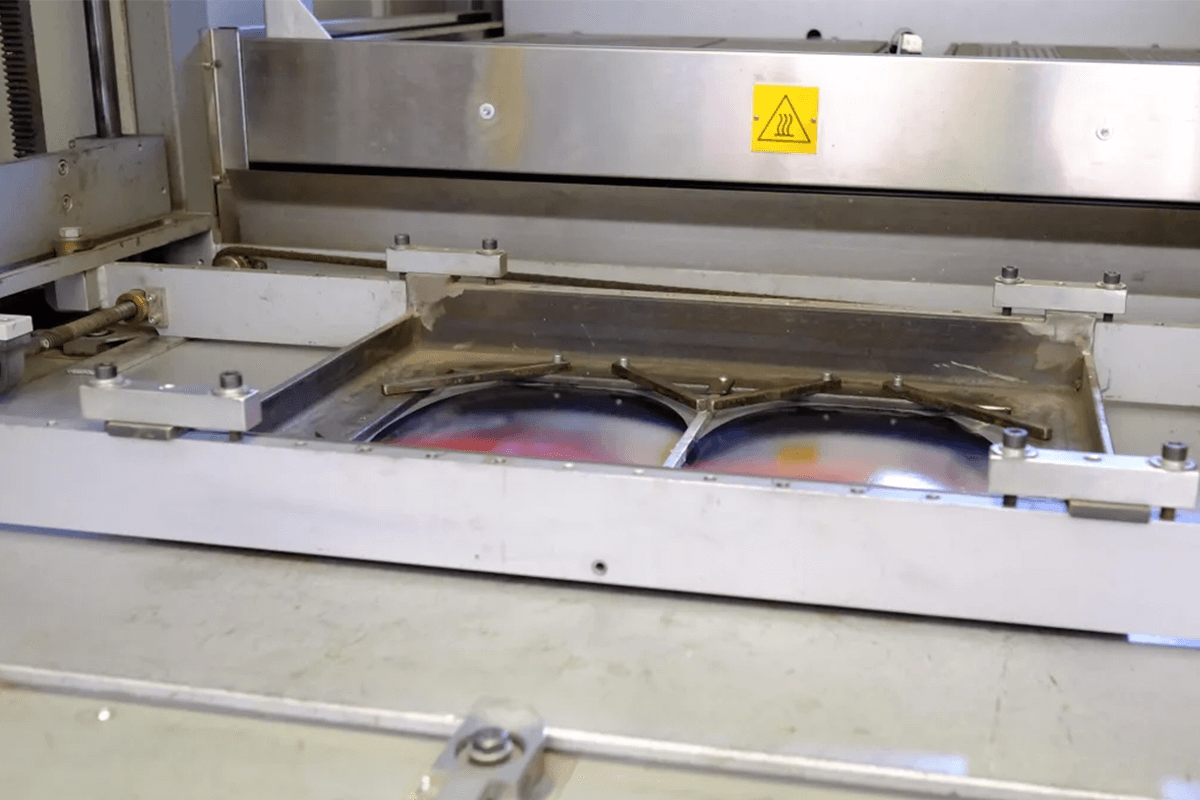
Thermoforming Machine
Utilized in the manufacturing of helmet shells, shaping melted plastic material into the helmet's form through a process of heating and suction.

Hole Punching Machine
Typically used in helmet production for creating ventilation holes or other openings in the helmet shell. These holes contribute to improved ventilation and enhance wearer comfort.
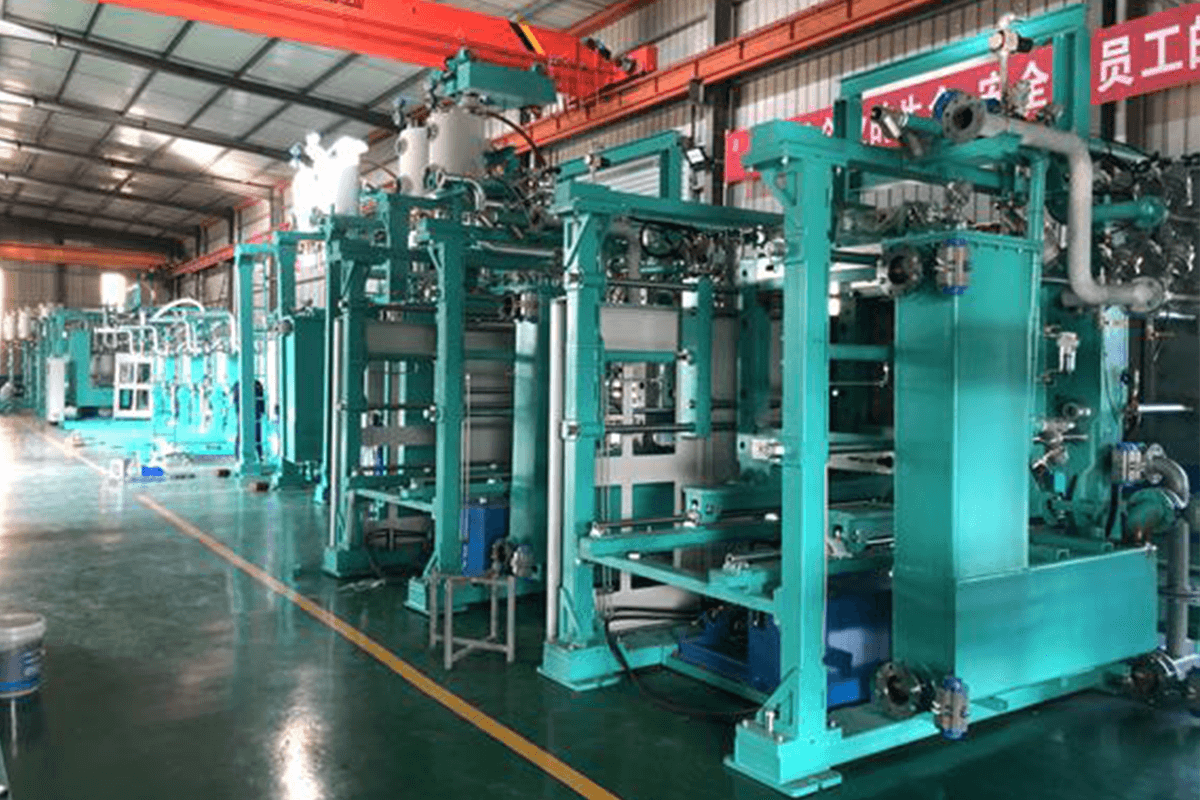
Foaming Machine
Used to produce foam materials for helmet liners, such as Expanded Polystyrene (EPS).
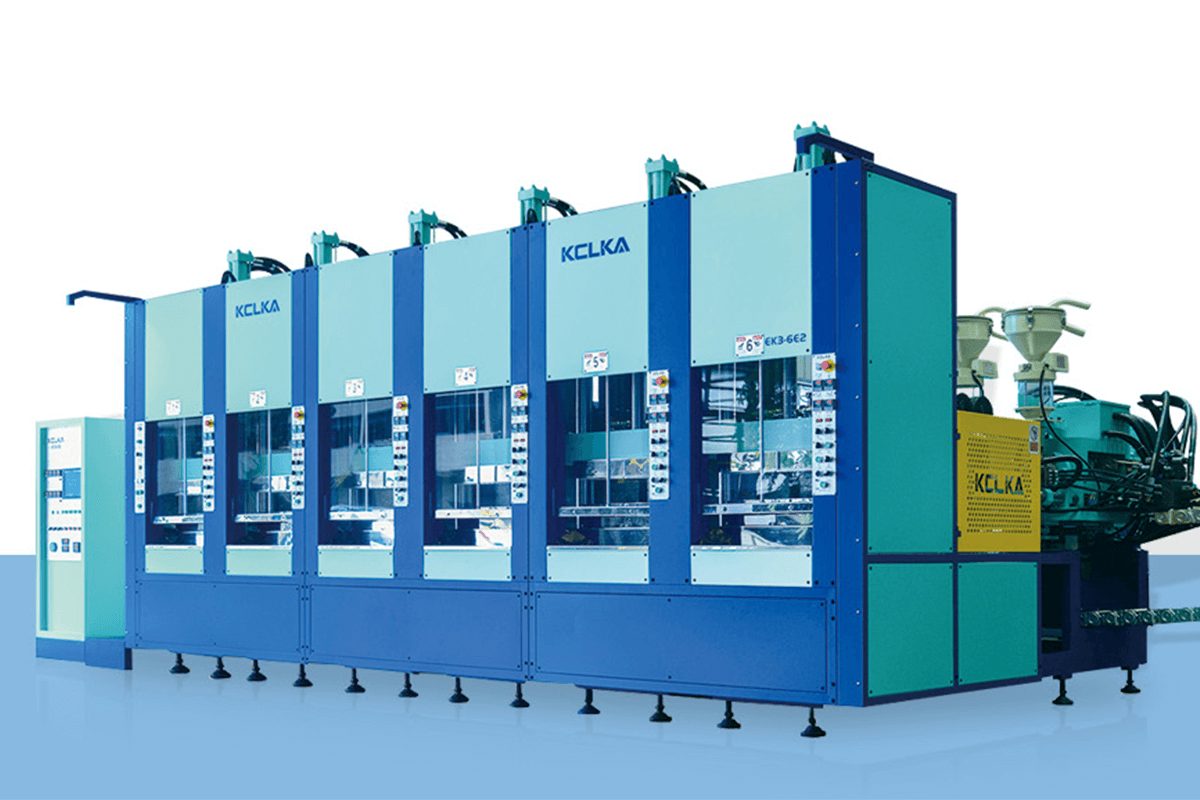
Foam Molding Machine
Capable of molding polymer materials, including the manufacture of both shells and liners.

Painting Equipment
Employed for spray painting or other coating processes on helmet shells, providing surface decoration and protection.
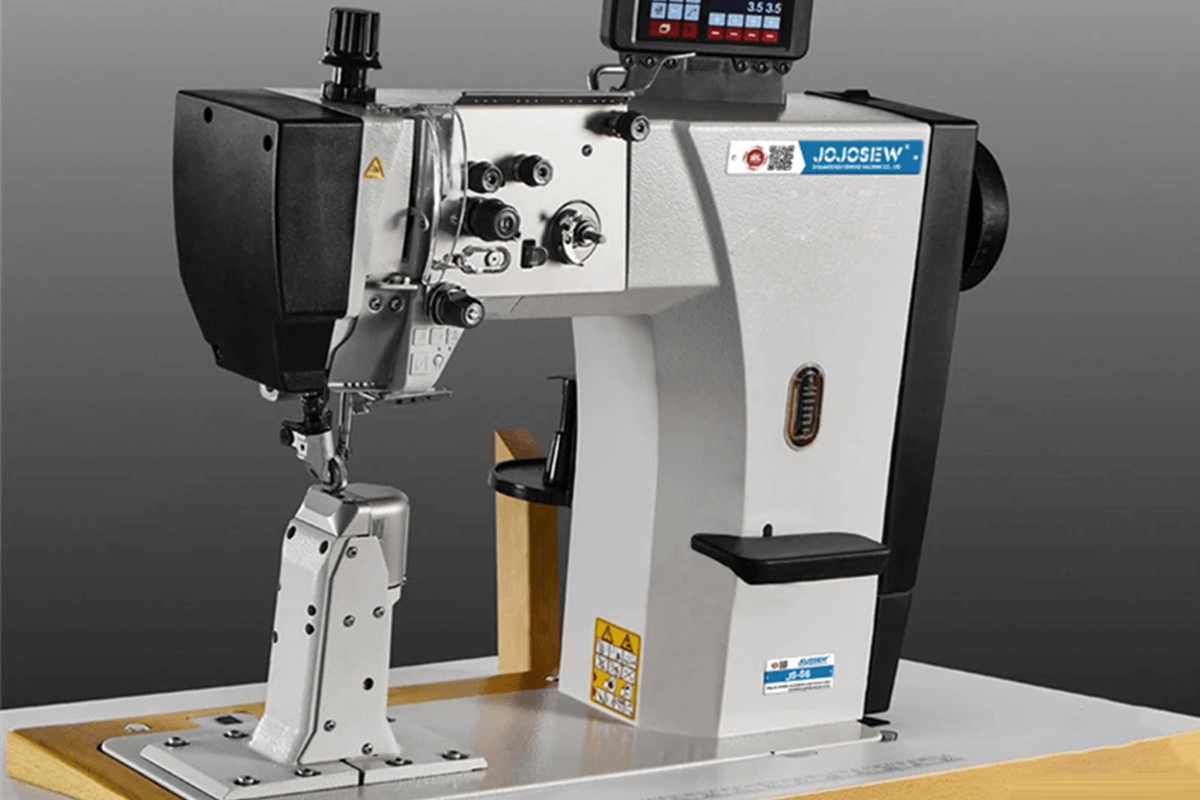
Sewing Machine
Provides high-quality stitching to ensure secure connections between various parts of the helmet liner, minimizing the risk of unraveling or damage.
Our Quality Testing Comprises The Following
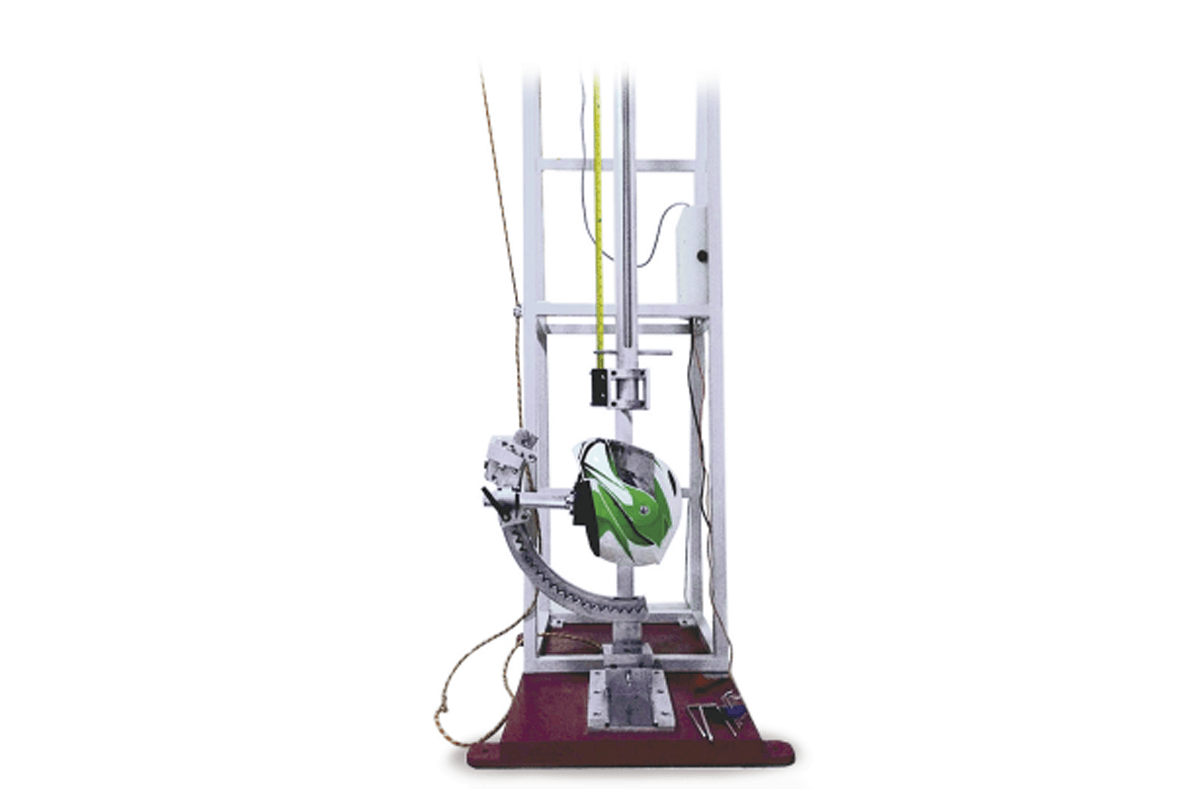
Puncture Test
Evaluates the helmet's resistance to penetration.
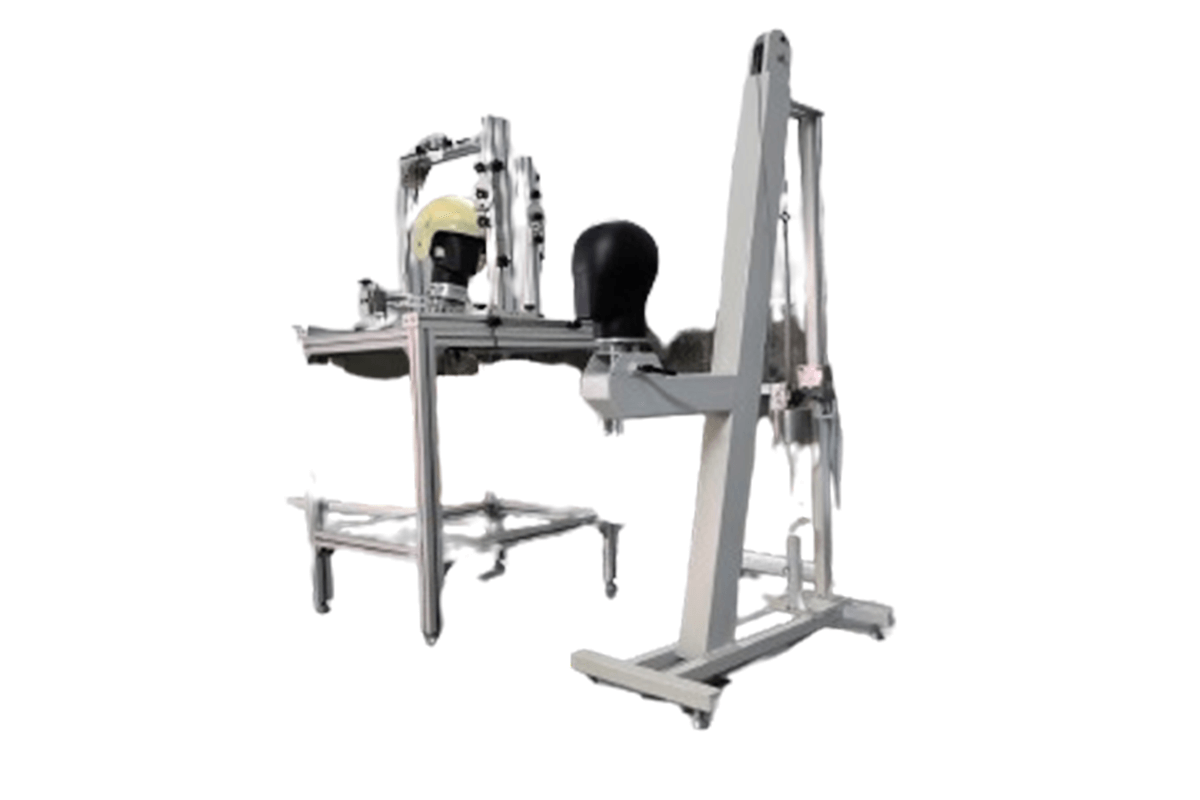
Rolling Test
Assesses the helmet's performance under rolling conditions.
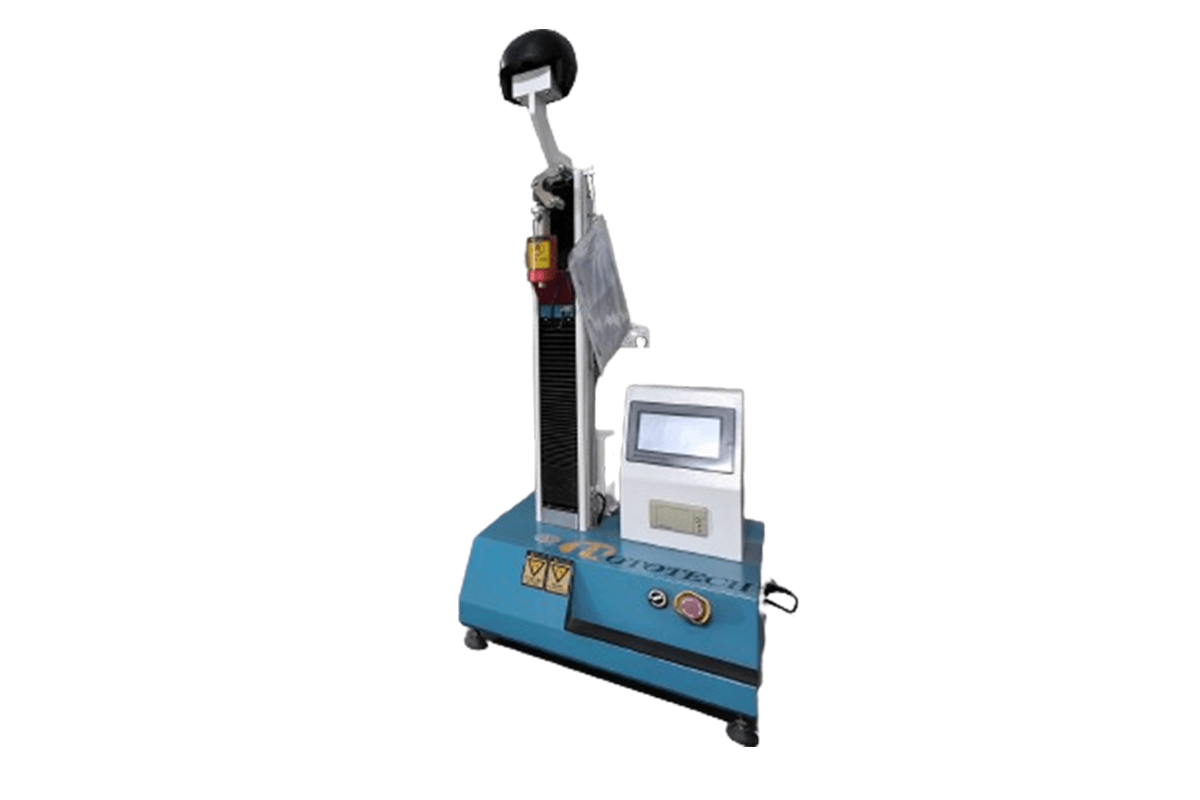
Tensile Strength Test
Measures the strength and durability of the helmet's materials.
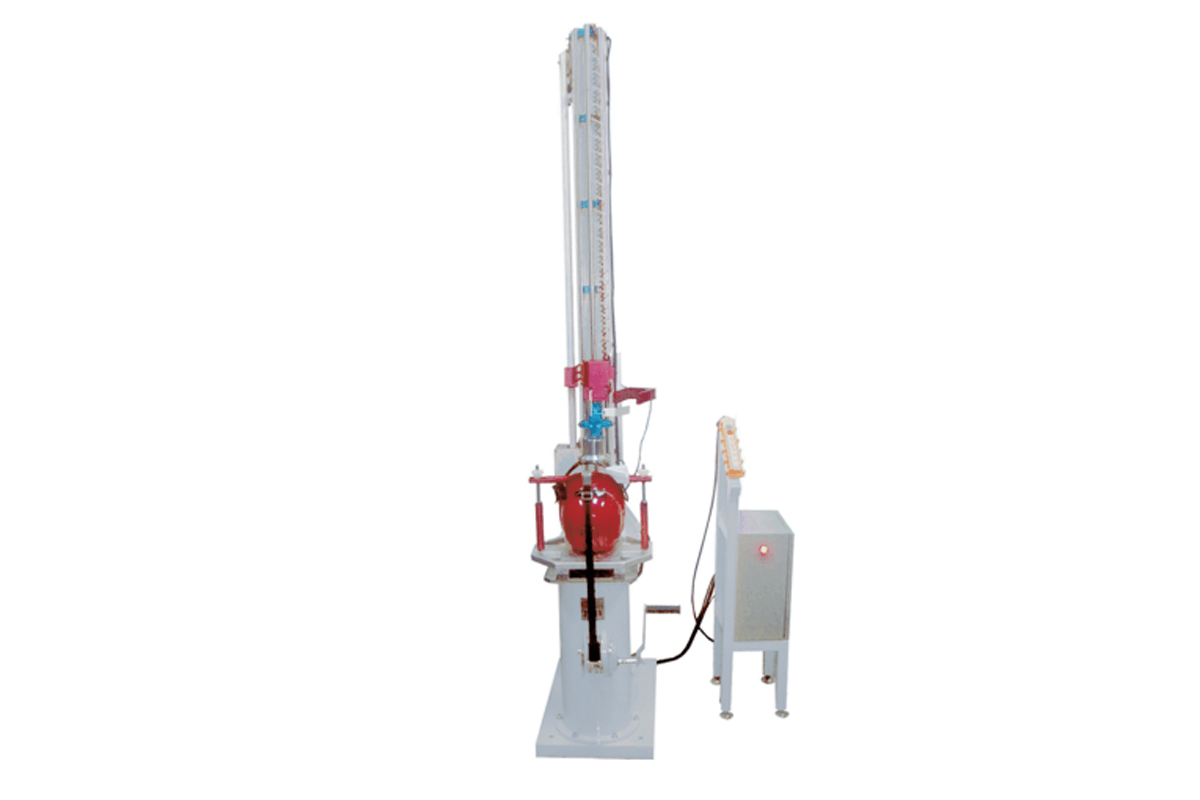
Impact Test
Determines the helmet's ability to absorb and dissipate impact energy.
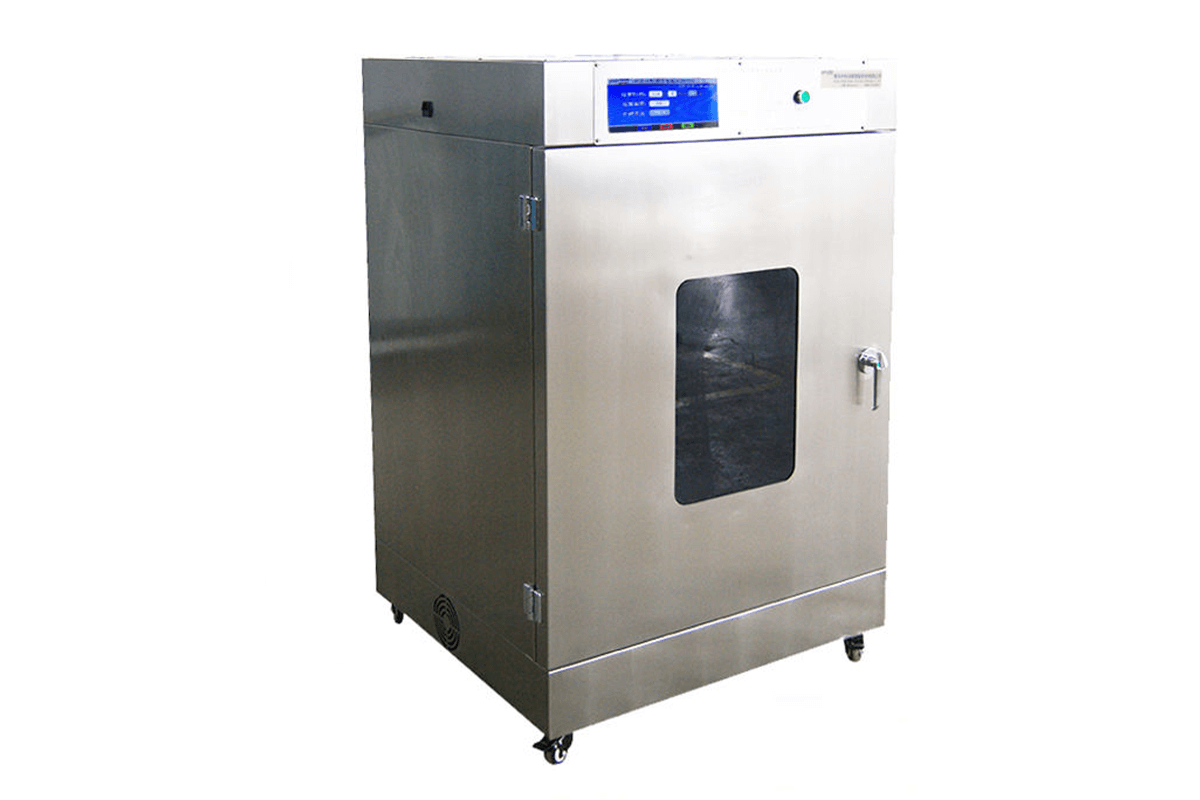
UV (Ultraviolet) Test
Examines the helmet's resistance to UV radiation, ensuring long-term durability and protection against sun exposure.
L-TENG Certification
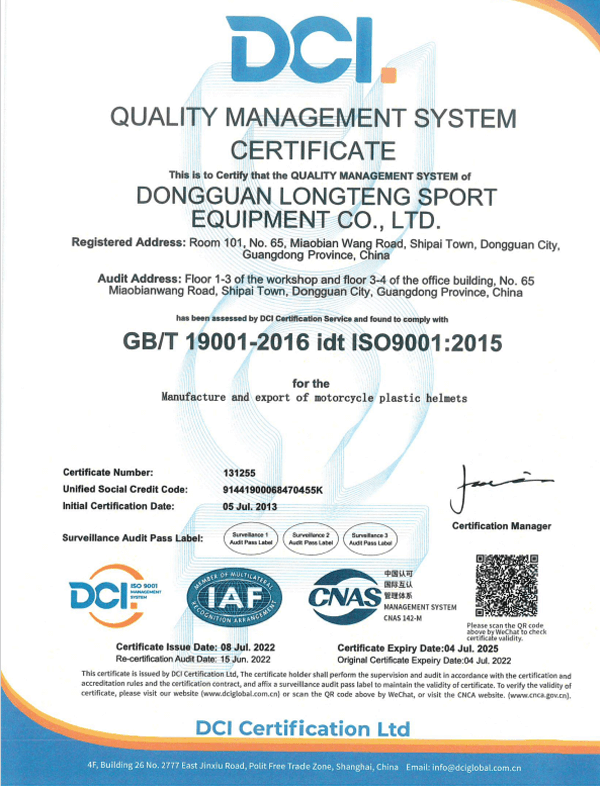
Quality Management System Certification
This certificate is issued by DCI Certification ltd, The certificate holder shall perform the supervision and audit in accordance with the certification an accreditation rues and the certification contract. and a fix a surveillance audit pass label to maintain the validity of certificate.

Monitoring result for Dongguan City Longteng Sports Equipment Co.,Ltd
This is an extract of the online Monitoring Result, generated on 26/12/2023, and is only valid as an acknowledgement of the result. To see all the details, review the full monitoring result, which is available on the amfori Sustainability Platform - The English version is the legally binding one.

CERTIFICATE FOR CHINA COMPULSORY PRODUCT CERTIFICATION
This is to certify that the above mentioned products) complies with the requirements of implementation rules for compulsory certification(REFNO.CNCA-C11-15 :2017)

Repubblica di San Marino Autorita per l'Omologazione Republic of San Marino
UNIFORM PROVISIONS CONCERNING THE APPROVAL OFPROTECTIVE HELMETS AND THEIR VISORS FOR DRIVERS ANDPASSENGERS OF MOTORCYCLES AND MOPEDS
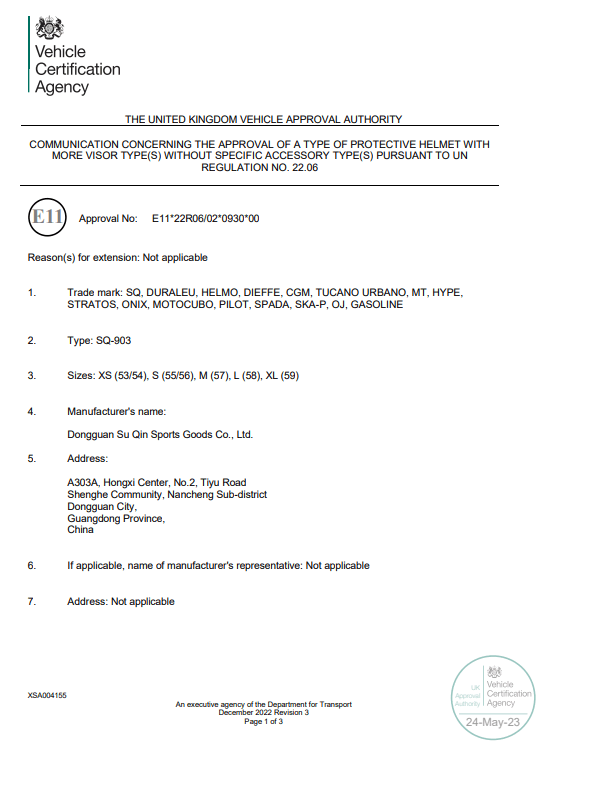
THE UNITED KINGDOM VEHICLE APPROVAL AUTHORITY
COMMUNICATION CONCERNING THE APPROVAL OF ATYPE OF PROTECTIVE HELMET WITHMORE VISOR TYPE(S) WITHOUT SPECIFIC ACCESSORY TYPE(S) PURSUANT TO UNREGULATION NO.2206
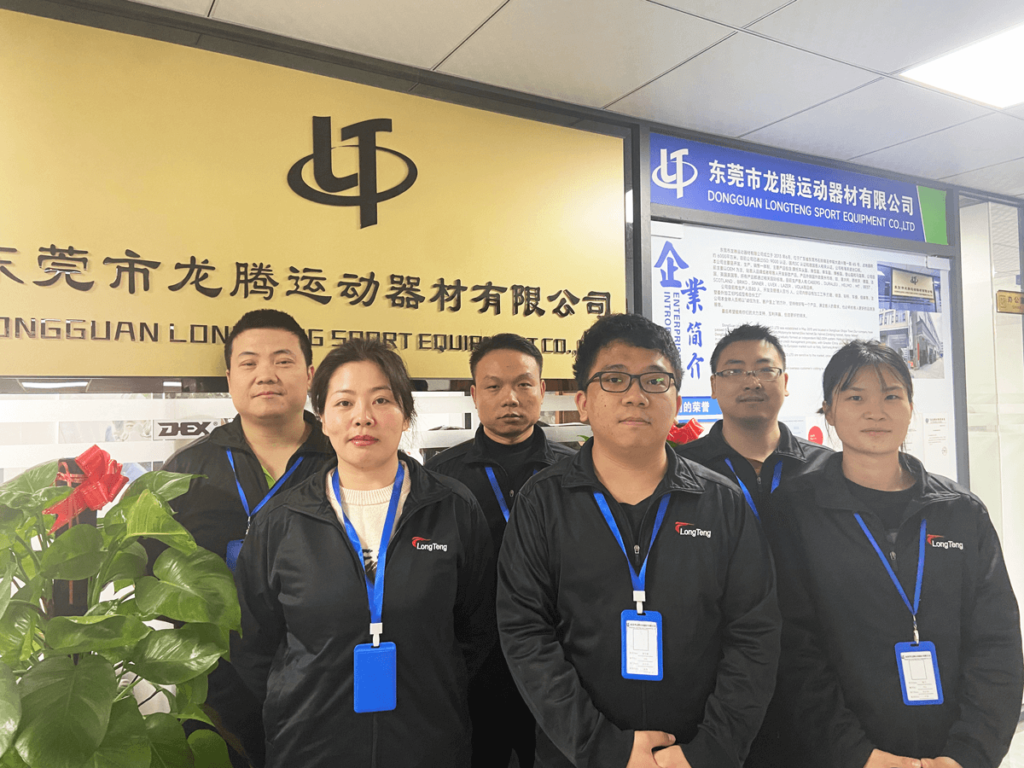
L-TENG Helmet R&D Team
Our helmet R&D team is a passionate and professional group composed of engineers, designers, testing experts, and other specialized talents. The engineering team is dedicated to innovative design, ensuring that our helmets are not only stylish and comfortable but also meet high standards of strength and energy absorption. This commitment ensures that our helmets provide optimal protection in the event of an impact.
Our safety experts are responsible for ensuring that our helmets comply with the latest safety standards and undergo rigorous testing to validate their performance. Simultaneously, designers contribute to the continuous research and development of new materials, enhancing the durability and lightweight nature of our helmets.
Through close collaboration, our R&D team relentlessly pursues innovation, aiming to provide users with industry-leading head protection technology. The synergy between our engineers, designers, and testing experts reflects our dedication to advancing helmet design and safety for the benefit of our users.
Start your helmet journey with Longteng
See What We Can Do For You
